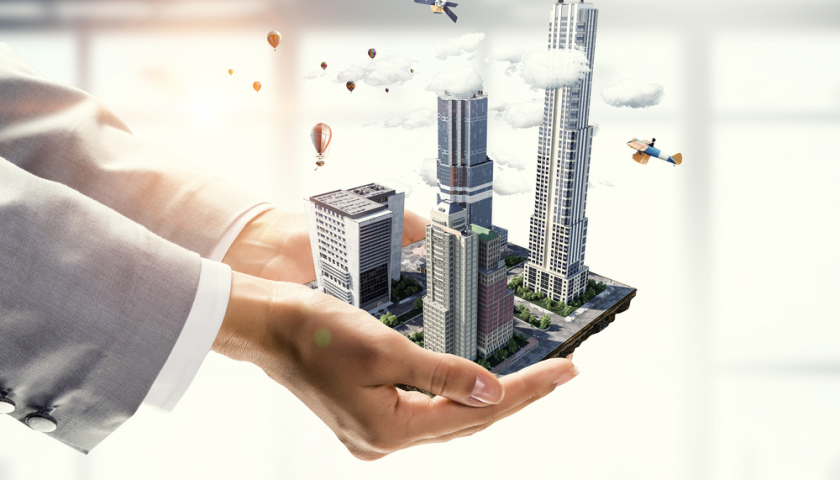Understanding the Position and Impression of Property Developers in Real Property
Understanding the Position and Impression of Property Developers in Real Property
Blog Article
In the ever-changing world of real estate, property developers are seen as the key actors, directing the transformation of landscapes as well as cityscapes across the globe. Their role transcends mere construction, it's an intricate dance of planning, investment and execution. The developers who design and build are the architects of modern cities, shaping not just structures but whole communities. The understanding of their role reveals the intricate network of influence they have and their influence upon the surrounding environment.
In the heart of a property developer's role is the complex interplay between the imagination and practicality. Individuals or firms come up with plans that do not just meet demand from the market, but also fit with the unique character of the area they are working in. From residential communities to commercial hubs, each development undergoes carefully planned planning to ensure that it aligns with zoning regulations in addition to environmental factors and any requirements for future tenants. Working in conjunction with architects urban planners, engineers and architects Developers breathe life into blueprints, orchestrating the process of construction from beginning through completion.
Beyond vision, property developers have a knack for navigating the intricate web of regulations, permits, and zoning laws that govern building projects. The process of navigating this maze of bureaucratic regulations requires an expert knowledge of logistics and law. Developers must engage with local governments, engage in consultations with communities, as well as adhere to environmental guidelines. Their ability to maneuver through these issues can be crucial to the success of a project's timeline, affecting its timing and profit.
Additionally, the environmental impacts of these projects should not be ignored. Property developers are being put under the pressure to implement sustainable methods that minimize carbon footprint and preserve natural spaces and increase energy efficiency. Sustainable design elements like green roofs, rainwater harvesting systems, as well as LEED certification have become common aspects in the modern development. Beyond complying with rules, developers are recognizing sustainability's long-term advantages from environmentally green initiatives. This includes economic savings, increased market competition and an improved public image. To generate supplementary information kindly head to Akisama
Within the field of commercial real estate, developers of property serve as catalysts to boost economic development and urban revitalization. Through investing in commercial property such as office structures, retail centers, as well as industrial parks, they encourage the creation of jobs, encourage investments, and increase the vitality and overall quality of urban centres. The strategic selection of locations, the infrastructure development, and amenities provision are crucial factors in maximizing the commercial potential of developments. Additionally the adaptive reuse of existing structures and brownfield sites is a way to breathe new life into neglected zones, encouraging innovative thinking and innovative urban design.
The success of property development projects rests not just on the viability of their financials, but also on the acceptance of society and involvement. Stakeholder consultation, transparent communication, and corporate social responsibility initiatives constitute a key element of responsible development methods. Participating with citizens, NGOs, and advocacy groups helps build trust, fosters inclusivity, and helps ensure that projects reflect the broader needs of the society. In addition, incorporating aspects that create a sense of place, like places for public art, recreation areas, as well as cultural facilities, enriches the fabric of communities and promotes a sense belonging among residents.